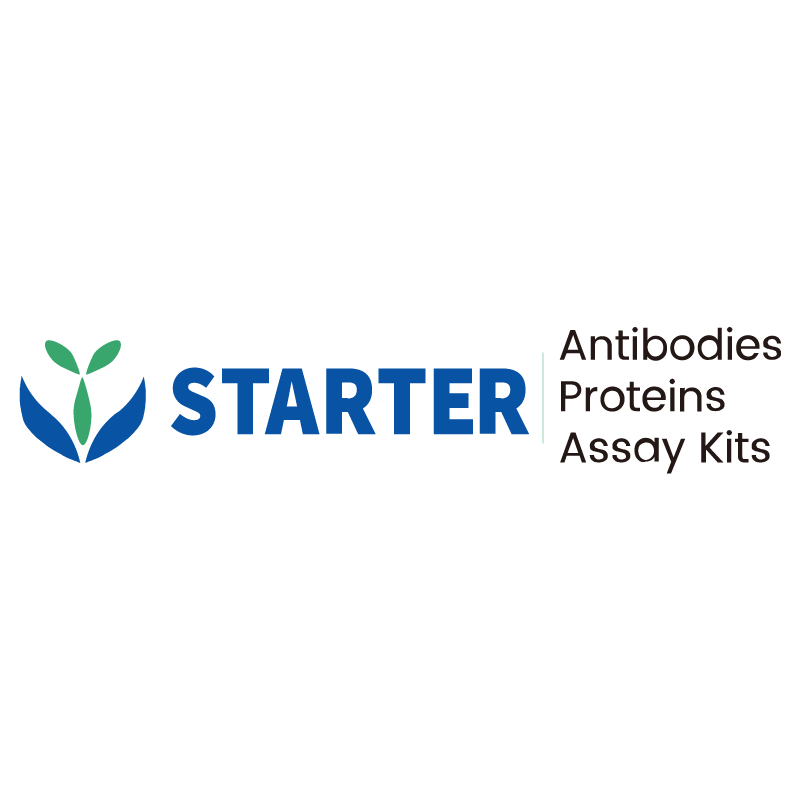Flow cytometric analysis of C57BL/6 mouse splenocytes labelling Mouse CD194 antibody at 1/2000 (0.1 μg) dilution/ (Right panel) compared with an Armenian hamster IgG Isotype Control / (Left panel). Goat Anti-Armenian hamster IgG Alexa Fluor® 488 was used as the secondary antibody. Cells were stained with CD3 - Alexa Fluor® 647 Antibody separately.
Product Details
Product Details
Product Specification
| Host | Armenian hamster |
| Antigen | CD194 |
| Synonyms | C-C chemokine receptor type 4; C-C CKR-4; CC-CKR-4; CCR-4; CCR4; Cmkbr4; Ccr4 |
| Location | Cell membrane |
| Accession | P51680 |
| Clone Number | S-R694 |
| Antibody Type | Recombinant mAb |
| Isotype | IgG |
| Application | FCM |
| Reactivity | Ms |
| Purification | Protein G |
| Concentration | 2 mg/ml |
| Conjugation | Unconjugated |
| Physical Appearance | Liquid |
| Storage Buffer | PBS pH7.4 |
| Stability & Storage | 12 months from date of receipt / reconstitution, 2 to 8 °C as supplied. |
Dilution
| application | dilution | species |
| FCM | 1:2000 | Ms |
Background
CD194, also known as CCR4 (C-C chemokine receptor type 4), is a G protein-coupled receptor with seven transmembrane domains. It is expressed on various immune cells, including CD4+ T cells (especially Th2 cells), regulatory T cells (Tregs), basophils, monocytes, and natural killer (NK) cells. CCR4 binds to chemokines such as CCL17 (TARC) and CCL22 (MDC), playing a crucial role in the recruitment of memory T cells and immune responses in conditions like atopic dermatitis and asthma. Additionally, CCR4 is involved in tumor biology, with high expression levels associated with tumor infiltration and prognosis in both hematological malignancies and solid tumors, making it a potential target for cancer immunotherapy.
Picture
Picture
FC


